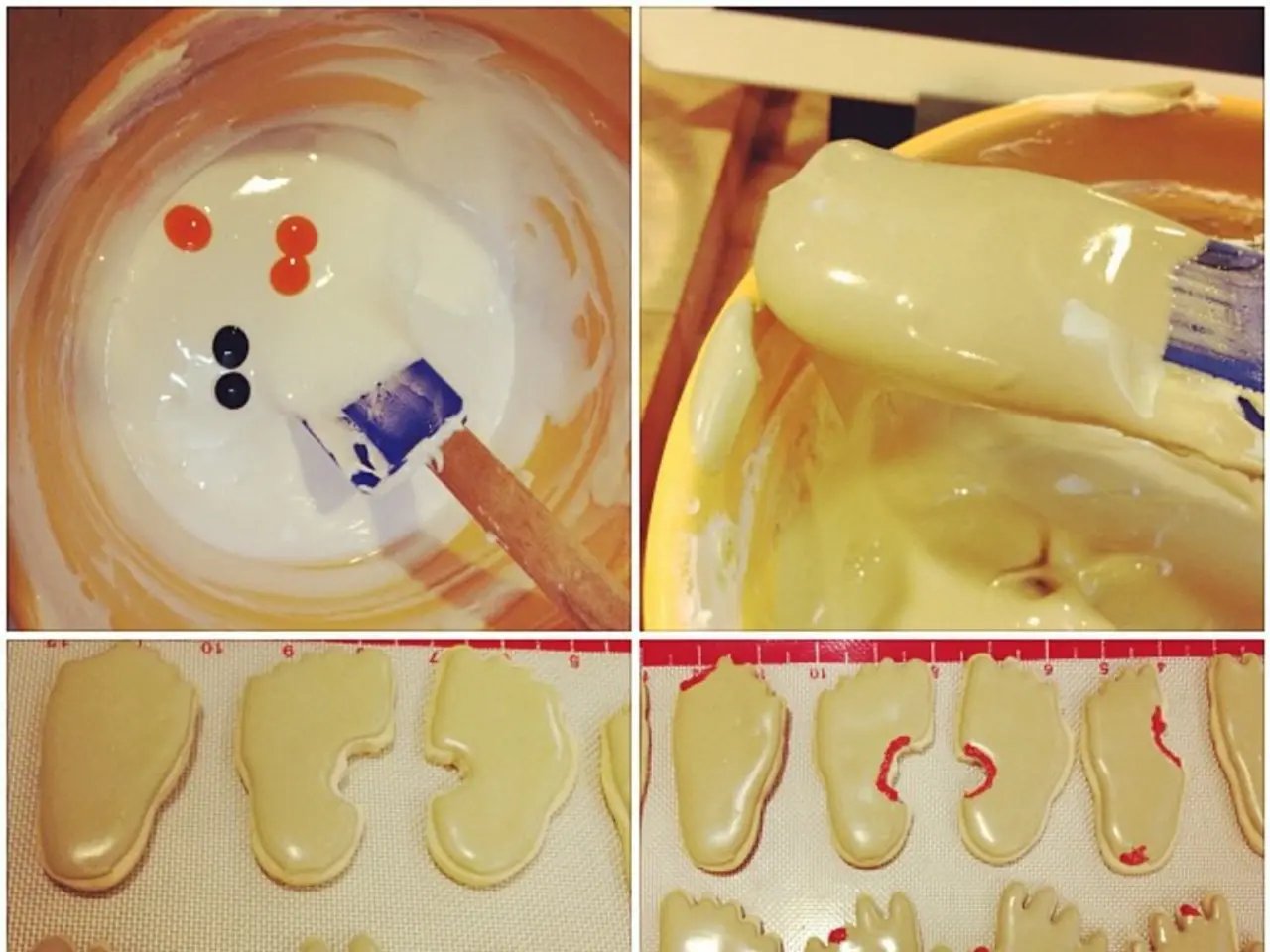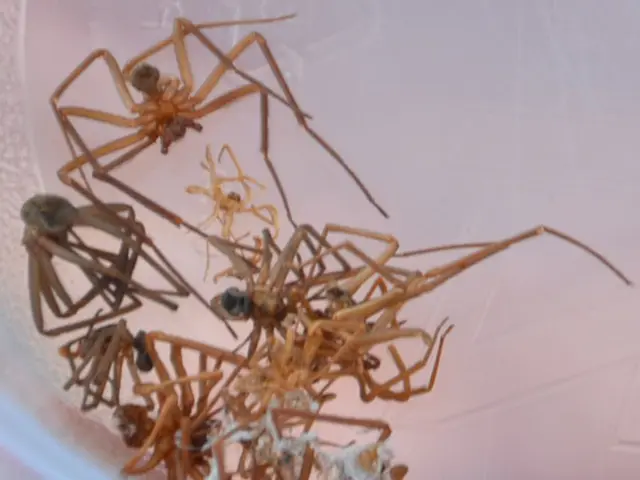Easy Strategies for Eradicating Mold in Terrariums:
In the enchanting world of terrariums, keeping them healthy and free from mold is essential. Mold, a type of fungus that thrives in warm, moist environments with plenty of organic matter, can quickly take over if proper care is not taken. Here's a comprehensive guide on how to prevent and treat mold in terrariums.
**Preventing Mold:**
1. **Proper Drainage:** A drainage layer of 1-2 inches of pebbles or coarse grit at the bottom of the terrarium is crucial to avoid waterlogging, which promotes mold growth.
2. **Activated Charcoal:** Placing activated charcoal above the drainage layer helps trap toxins and odors, keeping the water clear and reducing the risk of mold. Refresh the charcoal every 6-12 months.
3. **Balanced Substrate Moisture:** Use a substrate mix (potting soil, perlite, orchid bark) that retains moisture without becoming soggy, and allow it to dry slightly between waterings.
4. **Good Aeration and Ventilation:** Position the terrarium to facilitate natural air circulation. If ventilation is limited, aerate the substrate manually by gently stirring or using a slender skewer to prevent compaction (at least annually).
5. **Controlling Humidity:** Monitor humidity levels to keep them within species-specific ranges. Use misting systems or water trays to maintain humidity but avoid excess moisture that encourages mold.
6. **Removing Organic Debris:** Clear fallen leaves or decaying plant material to eliminate mold food sources.
7. **Avoiding Standing Water:** If watering, consider bottom watering with a tray briefly to prevent puddling and root rot.
**Treating Mold:**
1. **Physical Removal:** Physically remove mold patches by picking them out or gently removing affected substrate layers, being careful not to damage roots.
2. **Reducing Watering:** Temporarily reduce watering and increase air circulation to dry out the substrate and inhibit mold growth.
3. **Replacing Spent Charcoal and Substrate Layers:** If mold persists, replace spent charcoal and refresh substrate layers, and trim or replace decorative moss that has become moldy.
4. **Regular Cleaning:** Maintain regular cleaning routines including misting, substrate aeration, and monitoring humidity to prevent recurrence.
In larger tank-style terrariums, incorporating fans and ventilation promotes natural air circulation, replicating a jungle environment and making it harder for mold to take hold. Hydrogen peroxide, with a 3% solution, is effective in killing mold on porous materials due to its fizzing action.
Remember, mold prevention is better than cure, as it is easier to prevent mold than to completely eliminate it. Mold generally doesn't affect healthy plants, but if it takes over the terrarium, it can become a problem. If all else fails, swapping out the substrate with a sterile medium can be a last resort.
Mold is common in terrariums, especially in new ones. By following these simple steps, you can ensure your terrarium remains a thriving, mold-free ecosystem. Happy terrarium gardening!
Incorporating home-and-garden elements, such as gardens, into one's lifestyle can include terrarium maintenance to prevent mold. By introducing a drainage layer, activated charcoal, a balanced substrate moisture, and good aeration, a mold-free terrarium can be created that thrives as a home-and-garden piece, enhancing one's lifestyle through the art of gardening.




